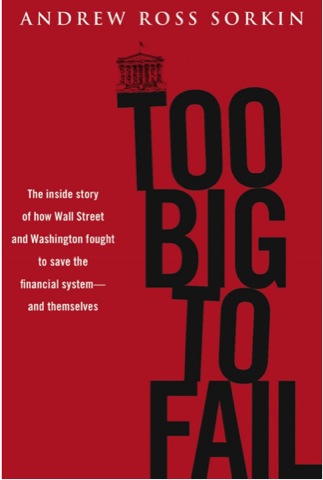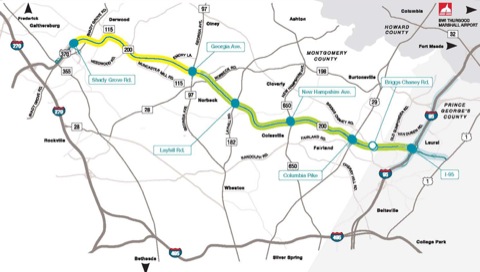The Antiplanner finished reading Too Big to Fail, a 539-page tome describing the events of the financial crisis from the Bear Stearns collapse in March, 2008 to the Treasury’s forced purchase of billions of dollars worth of shares in nine major banks in October, 2008. New York Times reporter Sorkin says the book is based on “more than five hundred hours of interviews with more than two hundred individuals who participated directly in the events surrounding the financial crisis.”
With the exception of an eleven-page epilogue, the author makes no apparent attempt to interject his own opinions about what happened. As such, the book represents the best and worst of modern journalism: the best because it appears to be a frank recitation of events on Wall Street, in the Fed, and the U.S. Treasury; and the worst because the accuracy of that recitation depends on who the author interviewed (whose names he doesn’t specifically reveal).












